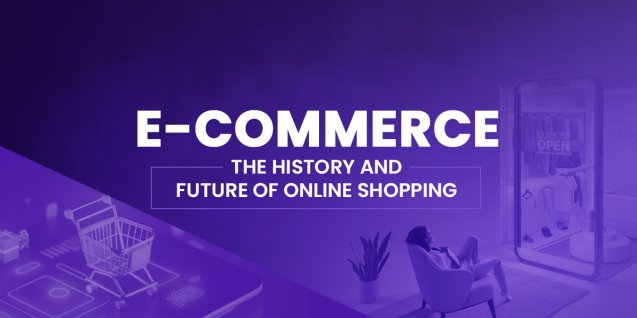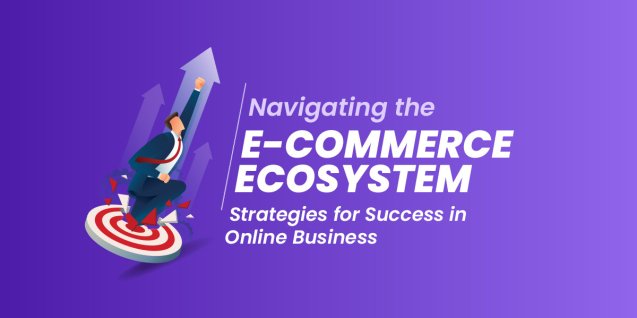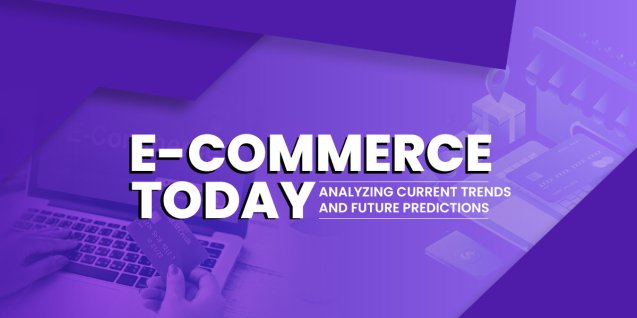Ecommerce has revolutionized the retail industry by making it possible for consumers to shop for almost anything, anytime, and from anywhere, without the constr ...

Learn How To
Simplify the World
Of Online Business
Are you ready to begin your journey into the exciting world of e-commerce? You've come to the right place! We're here to demystify the online business world, making it accessible and understandable for everyone.

Learn How To
Simplify the World of Online Business
Are you ready to begin your journey into the exciting world of e-commerce? You’ve come to the right place! We’re here to demystify the online business world, making it accessible and understandable for everyone.

What Is
E-commerce?
E-commerce, short for electronic commerce, is the buying and selling of goods and services over the Internet. It has revolutionised the way businesses operate and how consumers shop. In a nutshell, e-commerce is the engine driving the digital marketplace.
Why E-Commerce Matters
E-commerce isn't just a trend; it's a fundamental shift in commerce's operations. Here's why it matters:
Global Reach
E-commerce allows businesses to reach customers worldwide. It breaks down geographical barriers and opens up new markets.
Convenience
For consumers, it offers unparalleled convenience. You can shop from the comfort of your home anytime, anywhere.
Cost Efficiency
E-commerce often reduces business overhead costs, leading to competitive pricing.
Personalization
Thanks to data analytics, e-commerce platforms can offer personalised shopping experiences tailored to your preferences.
The E-Commerce Ecosystem
E-commerce is a vast ecosystem with several key components:
Online Stores
These virtual shops are where you browse and make purchases.
Payment Gateways
Secure platforms that handle your transactions.
Supply Chain Management
The logistics of getting products from seller to buyer.
Customer Experience
Ensuring a seamless and enjoyable shopping experience.
Security
Protecting your data and financial information.
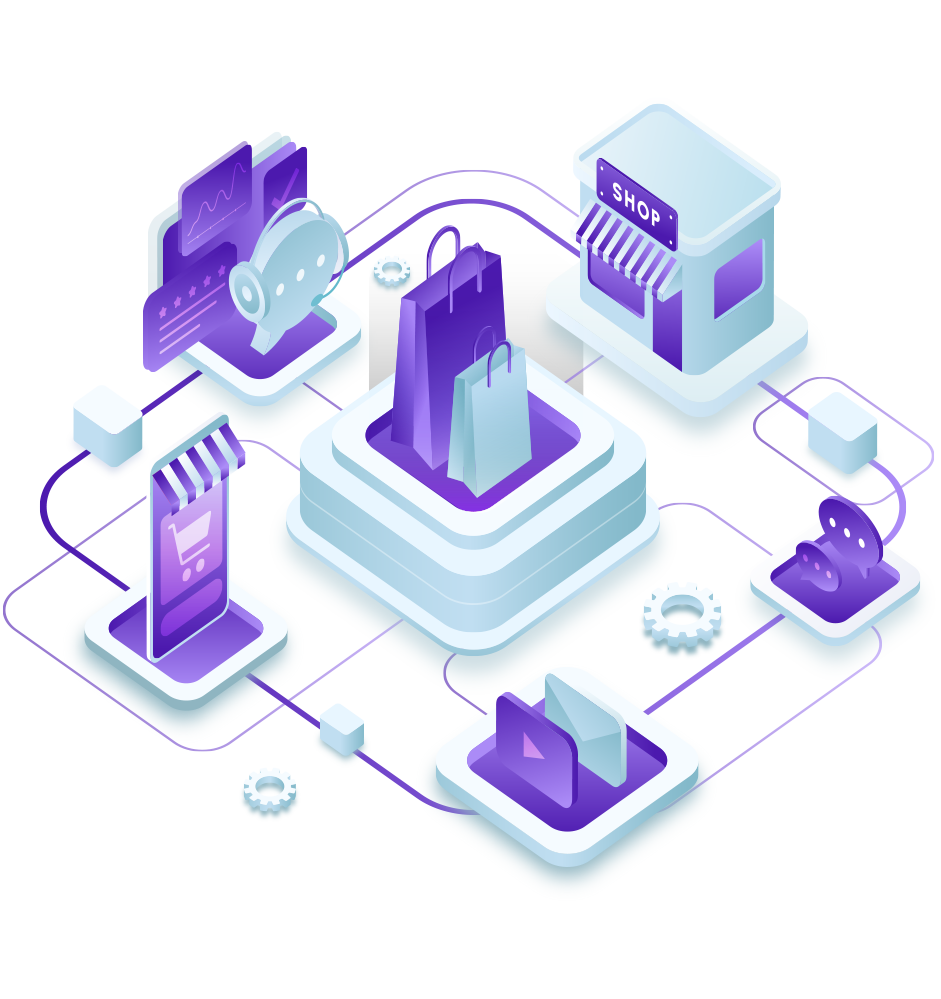
Exploring E-Commerce Models
There are many ways to do e-commerce. It comes in various models:
Business-to-Consumer (B2C)
The most common model, where businesses sell products or services directly to consumers.
Business-to-Business (B2B)
Businesses sell to other businesses, often involving bulk purchases.
Consumer-to-Consumer (C2C)
Individuals sell products or services to other individuals through platforms like eBay.
Consumer-to-Business (C2B)
Individuals offer products or services to businesses, such as freelance work.
E-Commerce Technologies
E-commerce relies on cutting-edge technologies to function efficiently:
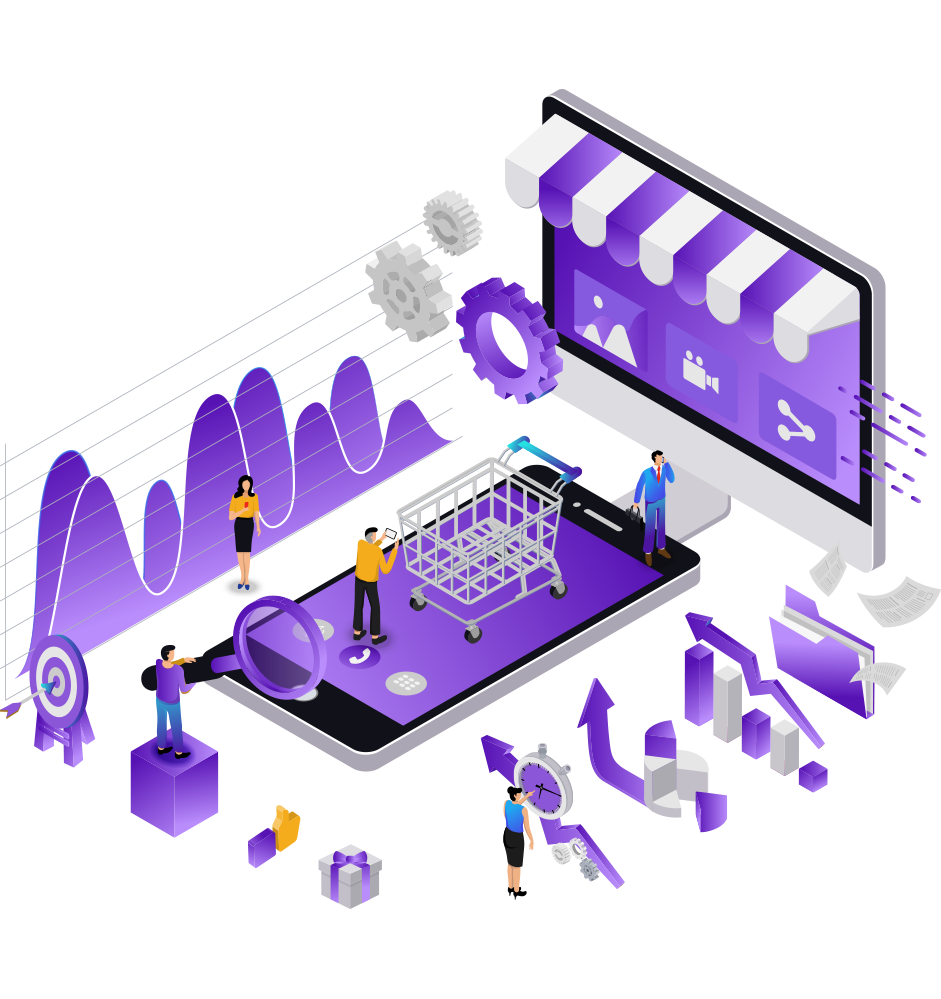
Mobile Commerce (M-Commerce)
Shopping on smartphones and tablets.
Artificial Intelligence (AI)
Enhancing customer service and personalization.
Blockchain
Ensuring secure and transparent transactions.
Augmented Reality (AR) and Virtual Reality (VR)
Transforming the online shopping experience.
The Evolution of E-Commerce: A Journey Through Time
E-commerce, short for electronic commerce, is a dynamic and ever-evolving field that has transformed the way businesses operate and how consumers shop. To truly appreciate the significance of e-commerce today, it's essential to take a journey through its fascinating history and understand how it has shaped our digital world.
The Dot-Com Boom
The 1990s witnessed the rapid growth of the World Wide Web, leading to the emergence of countless e-commerce startups during the dot-com boom. Companies like Amazon and eBay, which are now household names, were founded during this era. The convenience of shopping online and the vast selection of products available attracted consumers in droves.
Mobile Commerce and the Smartphone Revolution
The advent of smartphones revolutionised e-commerce once again. Mobile commerce, or M-commerce, refers to the ability to shop using smartphones and tablets. With the increasing prevalence of mobile devices, consumers gained the power to make purchases from virtually anywhere, at any time. This shift prompted businesses to optimise their websites and develop mobile apps to cater to the growing mobile audience.
The Birth of E-Commerce
The origins of e-commerce can be traced back to the early 1970s when the concept of electronic data interchange (EDI) emerged. EDI allowed businesses to exchange data and documents electronically, laying the foundation for modern e-commerce. However, it wasn't until the 1990s that e-commerce as we know it today began to take shape.
The Influence of Data Analytics
Data analytics has played a pivotal role in the growth of e-commerce. By collecting and analysing customer data, businesses can gain valuable insights into consumer behaviour and preferences. This data-driven approach allows e-commerce platforms to offer personalised shopping experiences, recommend products, and even predict future trends. As a result, customers feel more connected to the brands they shop with, enhancing loyalty and sales.
The Rise of Online Marketplaces
One of the defining features of e-commerce is the proliferation of online marketplaces. These platforms bring together sellers and buyers from around the world, creating a digital marketplace where virtually anything can be bought and sold. From eBay to Alibaba, online marketplaces have become integral to the e-commerce ecosystem.
Security and Trust
Ensuring the security of online transactions and protecting customer data is paramount in e-commerce. Payment gateways and encryption technologies have advanced significantly to provide a safe shopping experience. Moreover, the use of blockchain technology has emerged as a way to secure transactions and enhance transparency in the e-commerce ecosystem. Customers can shop with confidence, knowing their information is safeguarded.
E-Commerce in the 21st Century
Today, e-commerce is more than just buying and selling products online. It has evolved into a multifaceted ecosystem that encompasses various business models, including Business-to-Consumer (B2C), Business-to-Business (B2B), Consumer-to-Consumer (C2C), and Consumer-to-Business (C2B). These diverse models cater to a wide range of needs, from individual consumers making small purchases to businesses engaging in large-scale transactions.

Innovation and the Future of E-Commerce
The future of e-commerce holds exciting possibilities. Technologies like artificial intelligence (AI) are transforming customer service and enhancing personalization. AI-powered chatbots provide instant support, while recommendation algorithms suggest products tailored to individual preferences. Augmented Reality (AR) and Virtual Reality (VR) are also making waves, allowing consumers to visualise products in real-world settings before making a purchase.
E-Commerce: The Digital Revolution Transforming Retail

The Evolution of E-Commerce
Opportunities and Challenges for Retailers
Driving Value Through E-Commerce
For Small Retailers
For Large Retailers
Retail Media Networks (RMNs)
E-Commerce for Brands and Consumer Goods

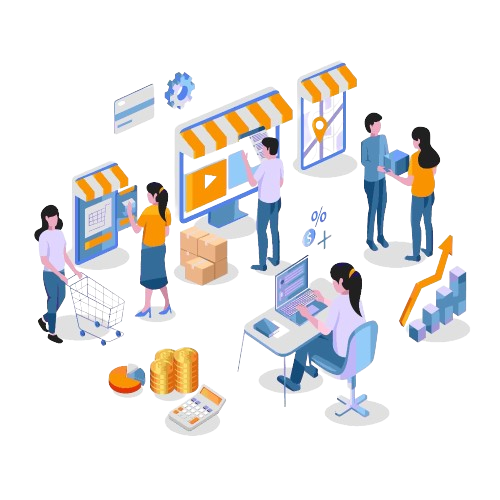
E-Commerce in B2B and Emerging Markets
Learn More: Resources to Expand Your E-Commerce Horizons
Ready to dive deeper into the world of e-commerce? Check out our blogs for insightful articles that cover a wide range of topics, from digital marketing strategies to e-commerce platform comparisons.
Blogs
Redefining the scope of endless possibilities with E-commerce
Ecommerce: The History and Future of Online Shopping
E-commerce, or electronic commerce, represents a monumental shift in how we engage in commercial transactions. It's the digital heartbeat of buying and selling, ...
Manufacturer E-commerce: A Quick-Start Guide to Set Up Online Operations
In the dynamically evolving landscape of modern business, manufacturers are increasingly turning towards e-commerce to streamline their sales process and expand ...
Navigating the E-Commerce Ecosystem: Strategies for Success in Online Business
In thе fast-pacеd world of onlinе commеrcе, businеssеs nееd to еmploy stratеgic approachеs to succееd. Thе е-commеrcе еcosystеm is vast and variеd, offеring num ...
The Impact of E-Commerce on Traditional Retail: A Comprehensive Analysis
Thе rеtail landscapе has undеrgonе a sеismic shift with thе advеnt of е-commеrcе. This transformation has bееn both disruptivе and innovativе, rеshaping how con ...
E-Commerce Today: Analyzing Current Trends and Future Predictions
Thе е-commеrcе landscapе has еvolvеd rеmarkably ovеr thе last fеw yеars, transforming thе way wе shop and sеll. As tеchnology continuеs to advancе and consumеr ...

